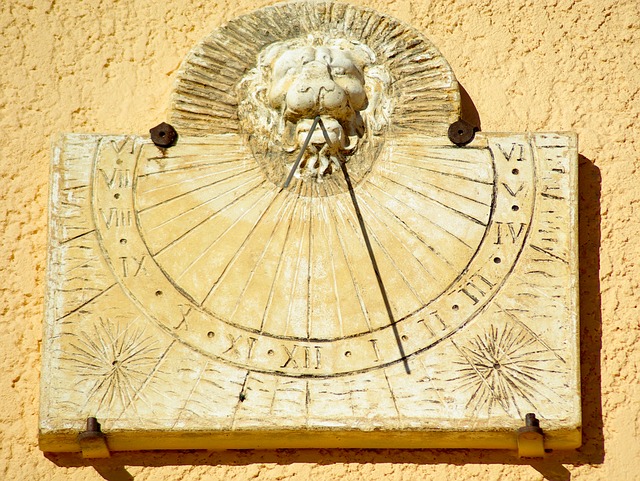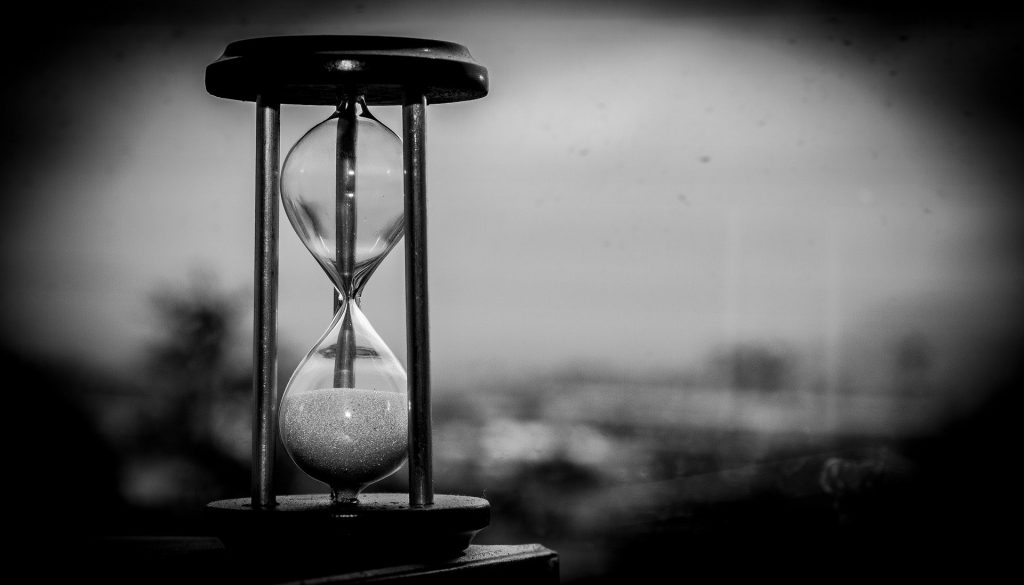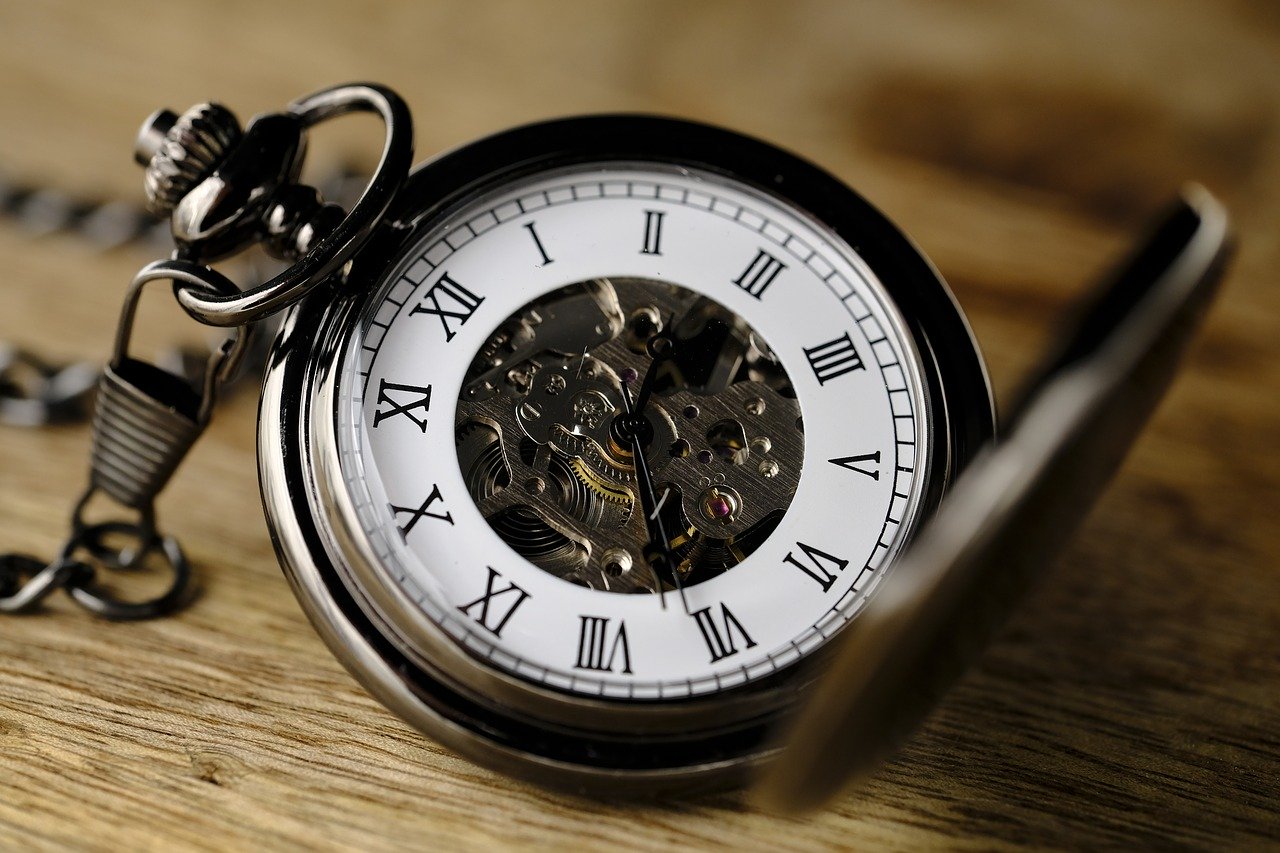Life without a watch? Unimaginable. Timepieces accompany us every day − whether they are on our wrist, computer or mobile phone. The desire to know what the time is has driven mankind for millennia. And to achieve this man used whatever was available – sun, fire, water.

A stick, pushed vertically into the ground – and your ancient clock is finished. The stick casts a shadow, which moves with the path of the sun. Using numerals grouped around the stick it is possible to tell the time. No high-tech, no bells and whistles. These were also absent 3,000 years ago, when the Babylonians told the time with the aid of a sundial. But what if the sun is not shining? The Babylonians also had an answer to this: the water clock. Here the time taken for water to pass from one vessel to another, taking account of the changing amount of pressure, was used to display the time. The water clock technique was adopted by the Ancient Egyptians and Romans, but in a con – siderably more refined form.
AT THE NEXT STROKE THE TIME WILL BE …

In the Middle Ages another element emerged to compete with the sun and water clocks: fire. The flame of a candle, to be precise. A candle clock brought independence from sunlight to every household – and it was affordable. A candle, depending on its diameter, burns at the same speed all the time, making it ideal as a form of time mea – surement.
At the beginning of the 14th century the sand-filled hourglass made an appearance. Time measurement was then revolutio – nised by the invention of the mechanical clock, the wheel clock. Cogs, powered by weights, set the pace. It is not known exactly when the first of these clocks came into use, but it is assumed that it was in the 13th century. Wheel clocks were initially only used in churches and town halls. They were large and expen – sive, only rich parishes could afford them. They were definitely not suitable for private household use. This changed in the mid 15th century, when the first wheel clocks were fitted with springs. Clocks consequently became smaller and smaller. There were table clocks and even pocket watches, which soon became a fashion essential for high society.
MORE ACCURATE AS EACH CENTURY PASSED
In the centuries that followed the clock was modified in many respects. In the 16th and 17th centuries events deve loped at breakneck pace as far as watch inventions were concerned: the pendulum clock was developed, with a mechanical pendulum providing the stroke. Clocks with overcoil balance spring and balance wheel, a type of regulator, were also invented in the mid 17th century. These were followed in the 1720s by the Harrison clock, equipped with an overcoil balance spring and even winding, which lost just one second per month. 1929 saw the arrival of the quartz clock and, in 1967, the most accurate clock to date: the atomic clock. The first wristwatch was invented at the beginning of the 19th century – but that is a tale to tell another time.
Text: Petra Dietz
Frontpicture: Pixabay, Bruno_Germany

